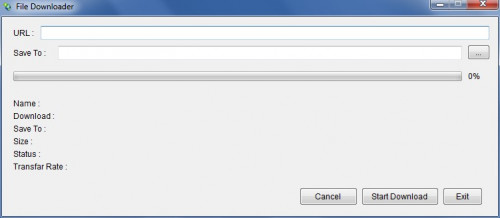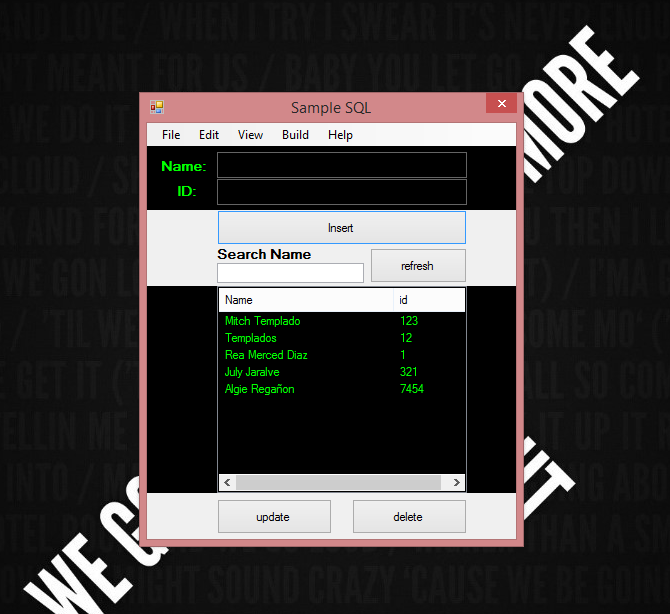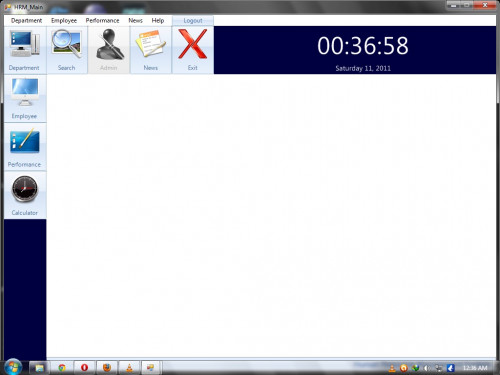

- UPDATE RESOURCE FILE VB NET TUTORIAL VISUAL BASIC HOW TO
- UPDATE RESOURCE FILE VB NET TUTORIAL VISUAL BASIC UPDATE
- UPDATE RESOURCE FILE VB NET TUTORIAL VISUAL BASIC CODE
However, an alternative exists, in form of the In the examples so far, I have used the StaticResource markup extension to reference a resource. In this example, I just store a simple string, which I then use from two different TextBlock controls. Resources are given a key, using the x:Key attribute, which allows you to reference it from other parts of the application by using this key, inĬombination with the StaticResource markup extension. Just another "" example, but with resources! Allow me to demonstrate it with a simple example: The concept is used a lot for styles and templates, which we'll discuss later on in this tutorial, but as it will be illustrated in this chapter, you can This allows you to placeĭata in one place and then use it from or several other places, which is very useful. The data can be pretty much whatever you want, from actual information to a hierarchy of WPF controls. NotifyIcon.Icon = introduces a very handy concept: The ability to store data as a resource, either locally for a control, locally for the entire window or globally for NotifyIcon notifyIcon = new NotifyIcon() Access to the icon file resource is made via the line:
UPDATE RESOURCE FILE VB NET TUTORIAL VISUAL BASIC CODE
This small code modification will enable the icon resource file to be displayed in the notification area of your Windows screen.
UPDATE RESOURCE FILE VB NET TUTORIAL VISUAL BASIC UPDATE
In the code, update so that we can access the icon resource created in the ‘FileStore’ project. In the same project, we also need to add a reference to System.Drawing: In the ResourceFiles project, right-click on References and select Add Reference.

Step 7: Add other necessary references to the main startup projectįirstly in order to use the ‘NotifyIcon’ class we need to import the ‘’ using directive. In the reference Manager dialog that appears, select the ‘Project’ section and select the ‘FileStore’ project: Right-click the ‘ResourceFiles’ main startup project and select Add > Reference. Right-click on the ‘FileStore’ Class Library project and select rebuild. Step 6: Add the ‘FileStore’ dll reference to the main startup project Make sure that the Access Modify is set to ‘Public’ nor ‘Internal’ Select the ‘icon.ico’ that you placed in the Resources folder. Step 5: Add the file resource to the resx file. I prefer to rename this to ‘Resource.resx’: In the ‘FileStore’ Class Library project, right-click the project folder and select Add > New Item. (In this Class Library project you can also delete the ‘Class1.cs’ file that gets automatically generated). Add the ‘icon.ico’ resource contained in the Resources folder: The example icon resource file you can obtain from here:Ĭopy this file to a Resources folder that would have been created in Step 3.Īnd in Visual Studio, right-click the Resources folder and select Add > Existing Item. In this example, I am interested in using an icon resource file. Let’s call it ‘Resources’:Īnd then add the resource file(s) you would like the executable to be able to access. In the ‘FileStore’ Class Library project you created, right-click the project folder and select Add > New Folder. Step 3: Create a folder to store the resource files This project we will use to contain our resource files. Right-click on your solution folder and select Add > New Project. Step 1: Create a new Visual Studio WPF project.Ĭreate a new WPF application for this example:

In this example we demonstrate how resource files can be defined in and accessed from a separate class library, thereby helping to make your project cleaner and less cluttered. resx file (named Resources.resx by default). Project resource data is stored in XML format in the. Such non-code files can include binary data, text files, media files, string values, icons, XML, or any other type of data.

UPDATE RESOURCE FILE VB NET TUTORIAL VISUAL BASIC HOW TO
Some practical instructions on how to include resource files to your Visual Studio C# WPF project that are not source code.


 0 kommentar(er)
0 kommentar(er)
